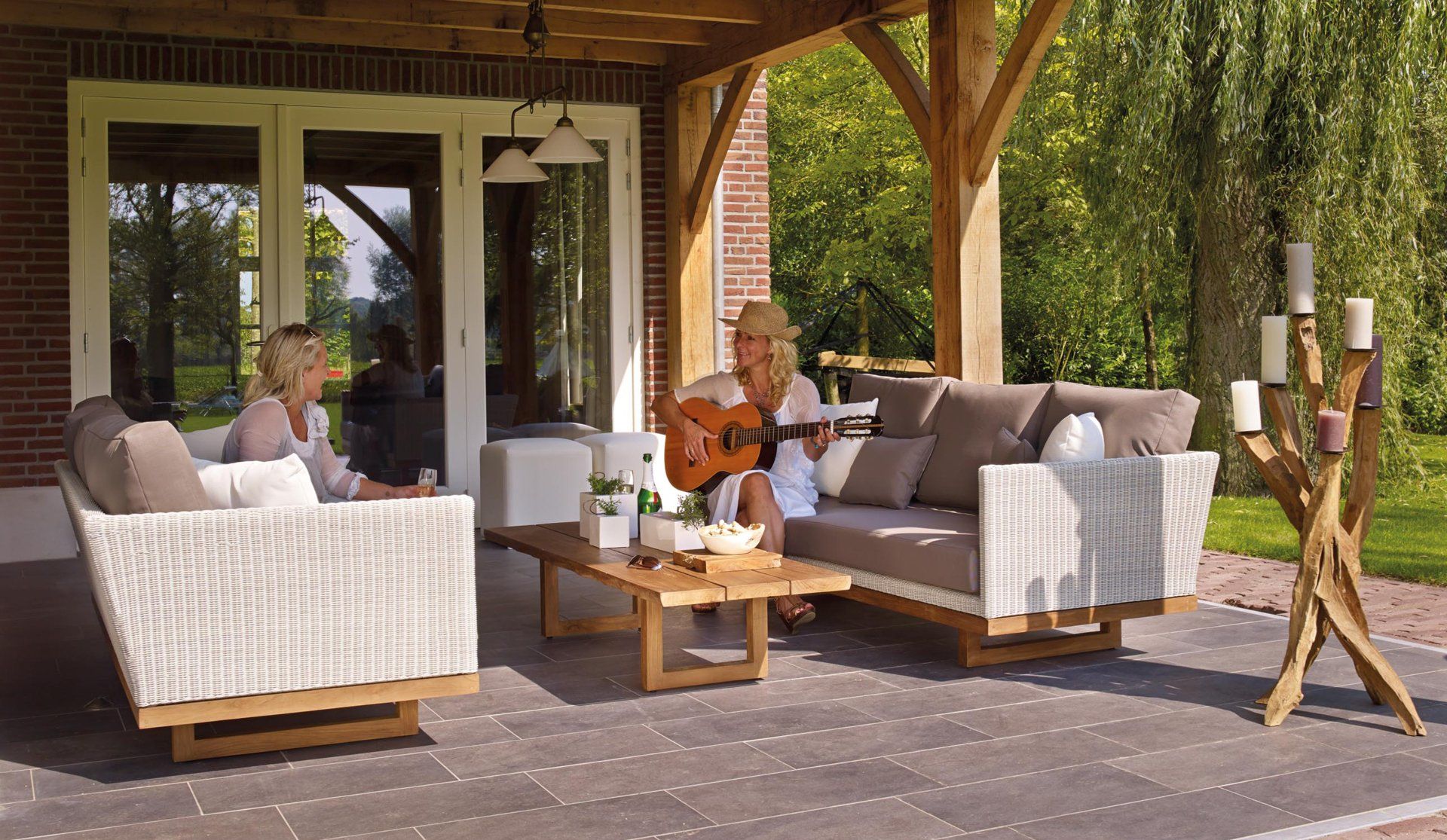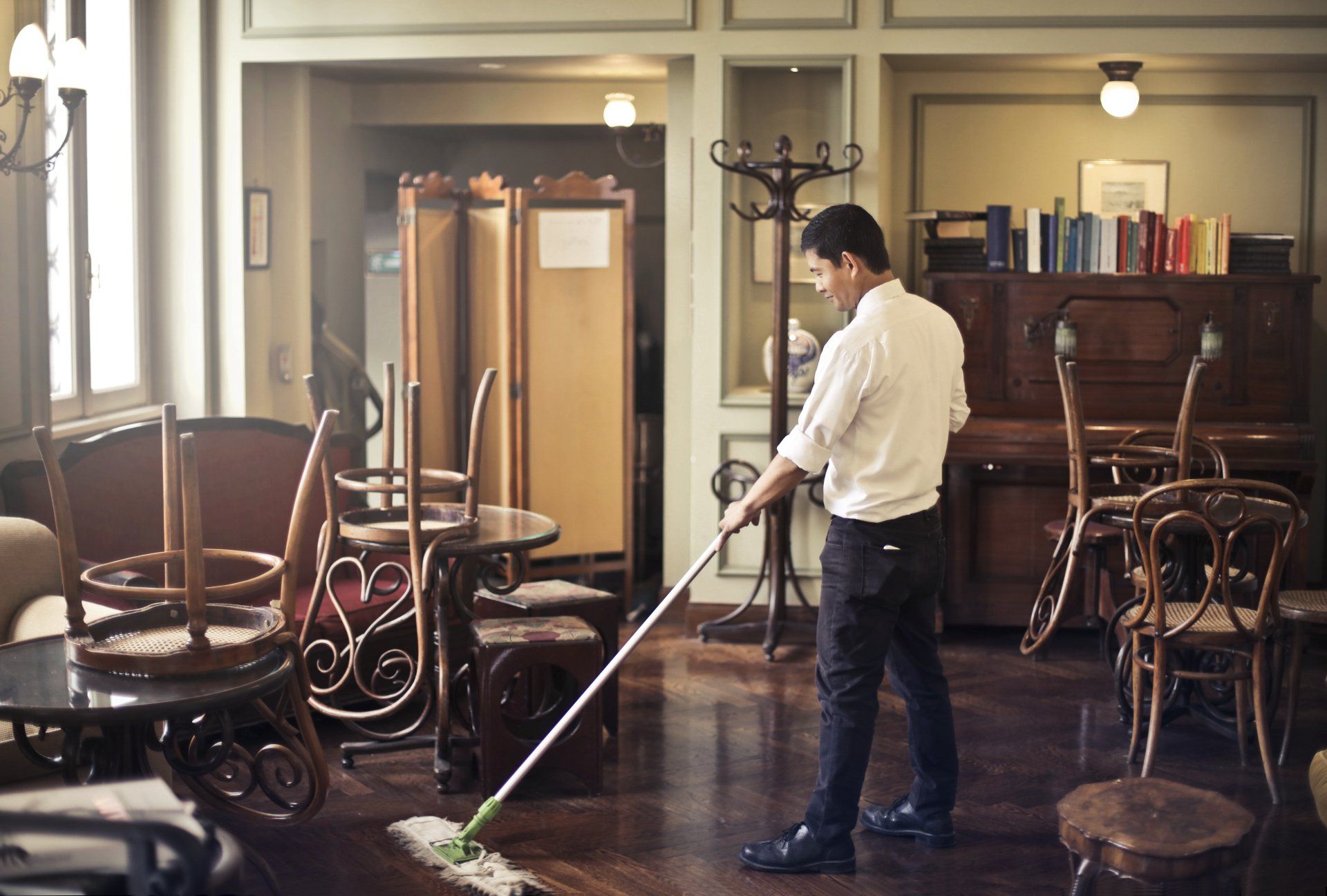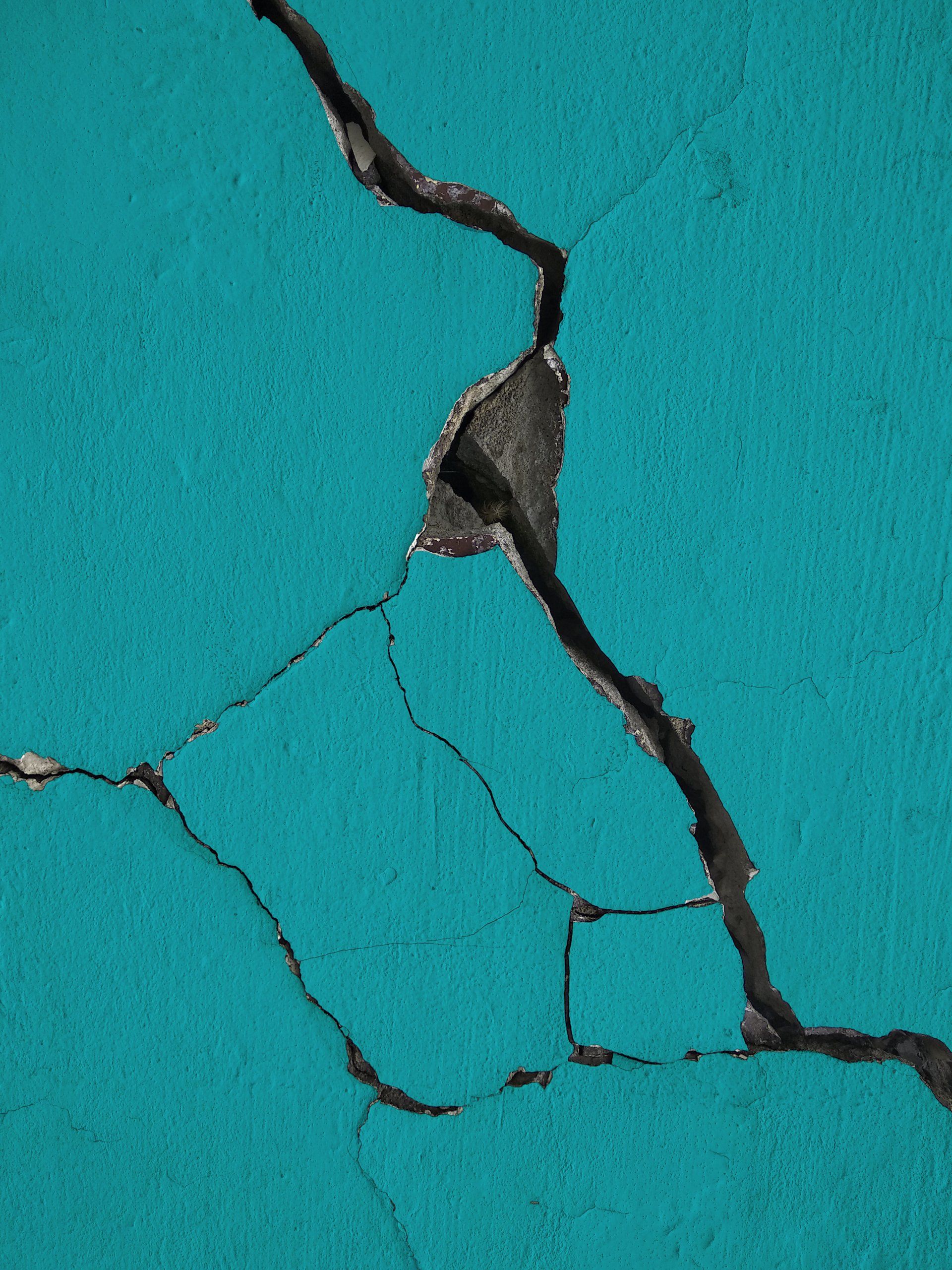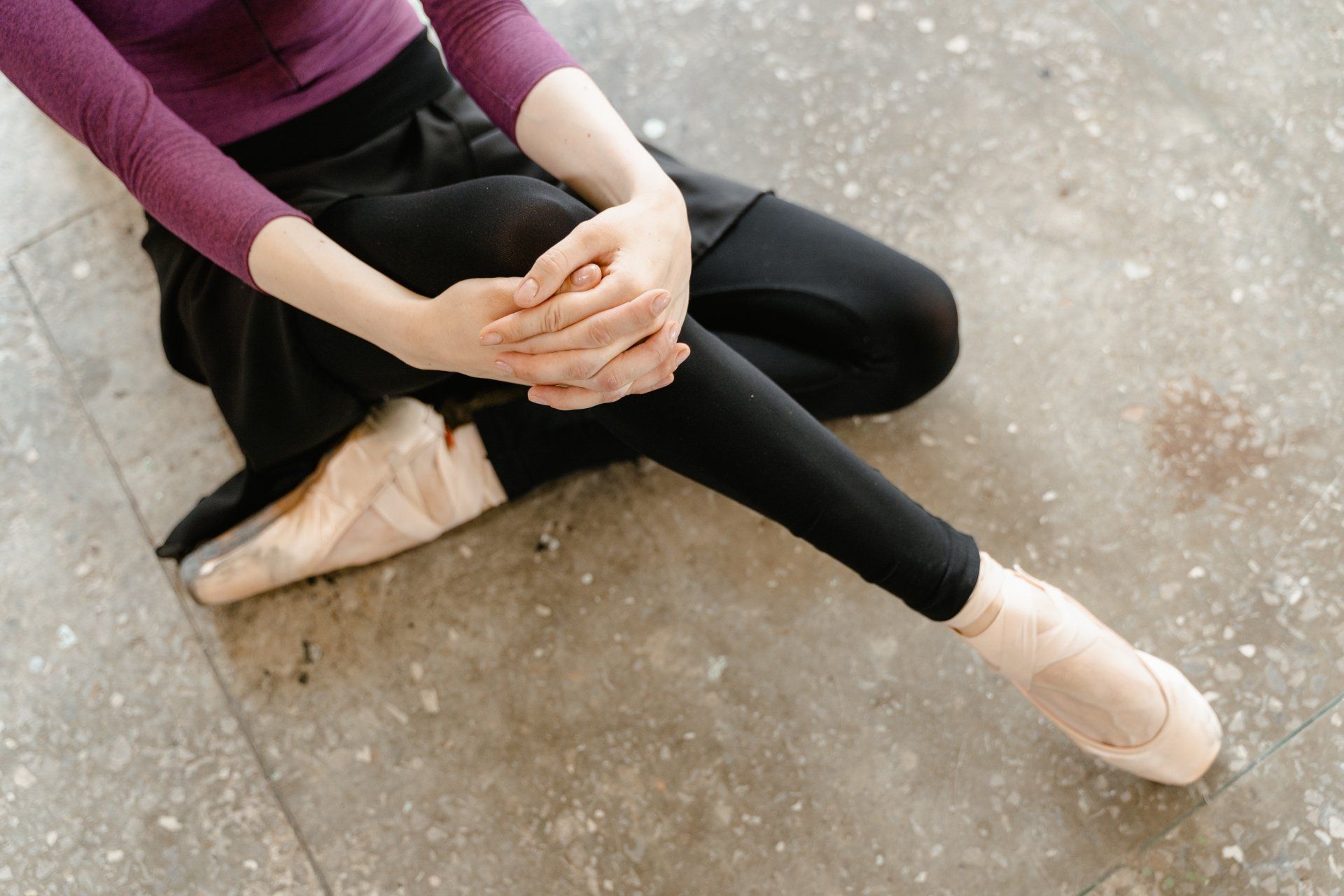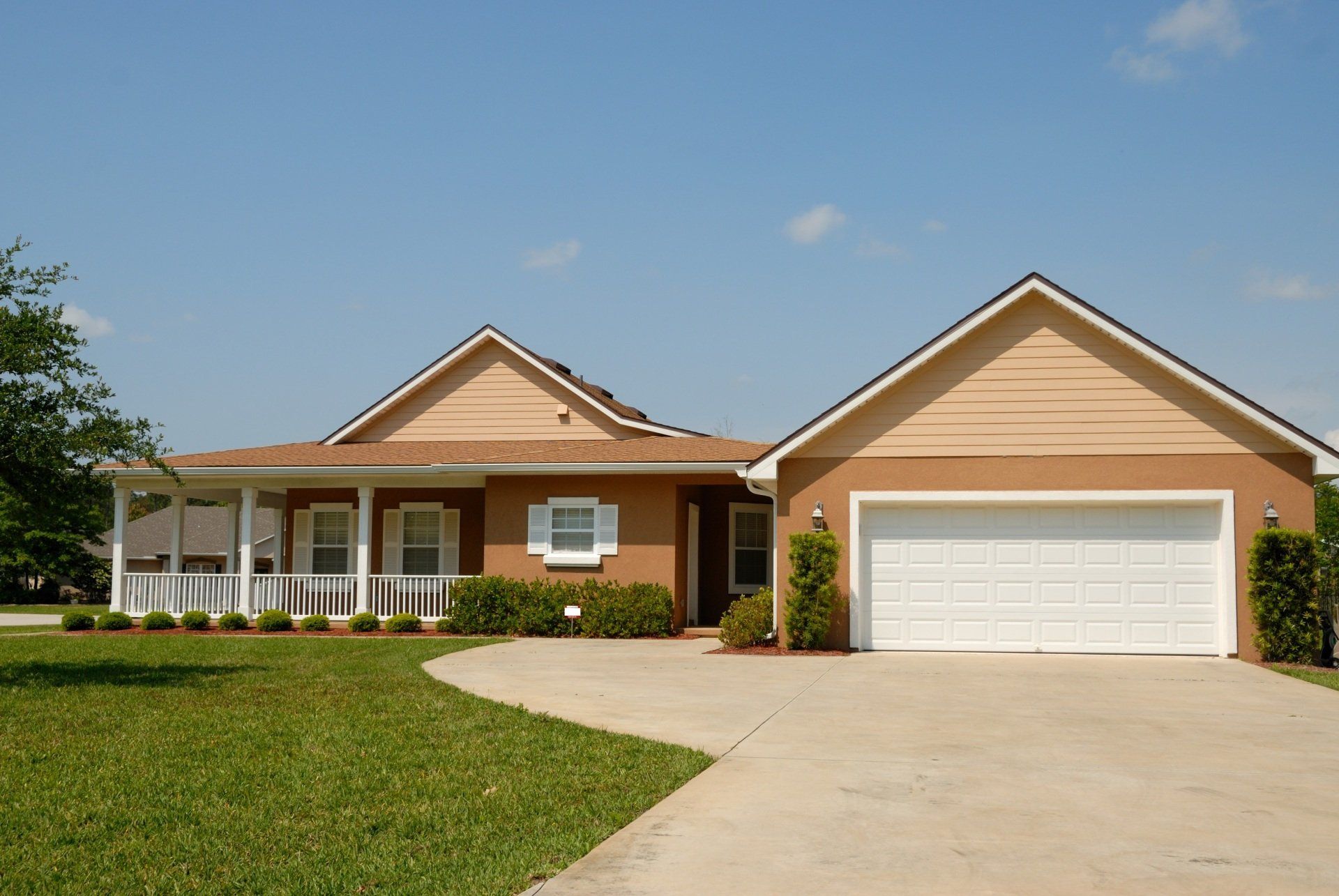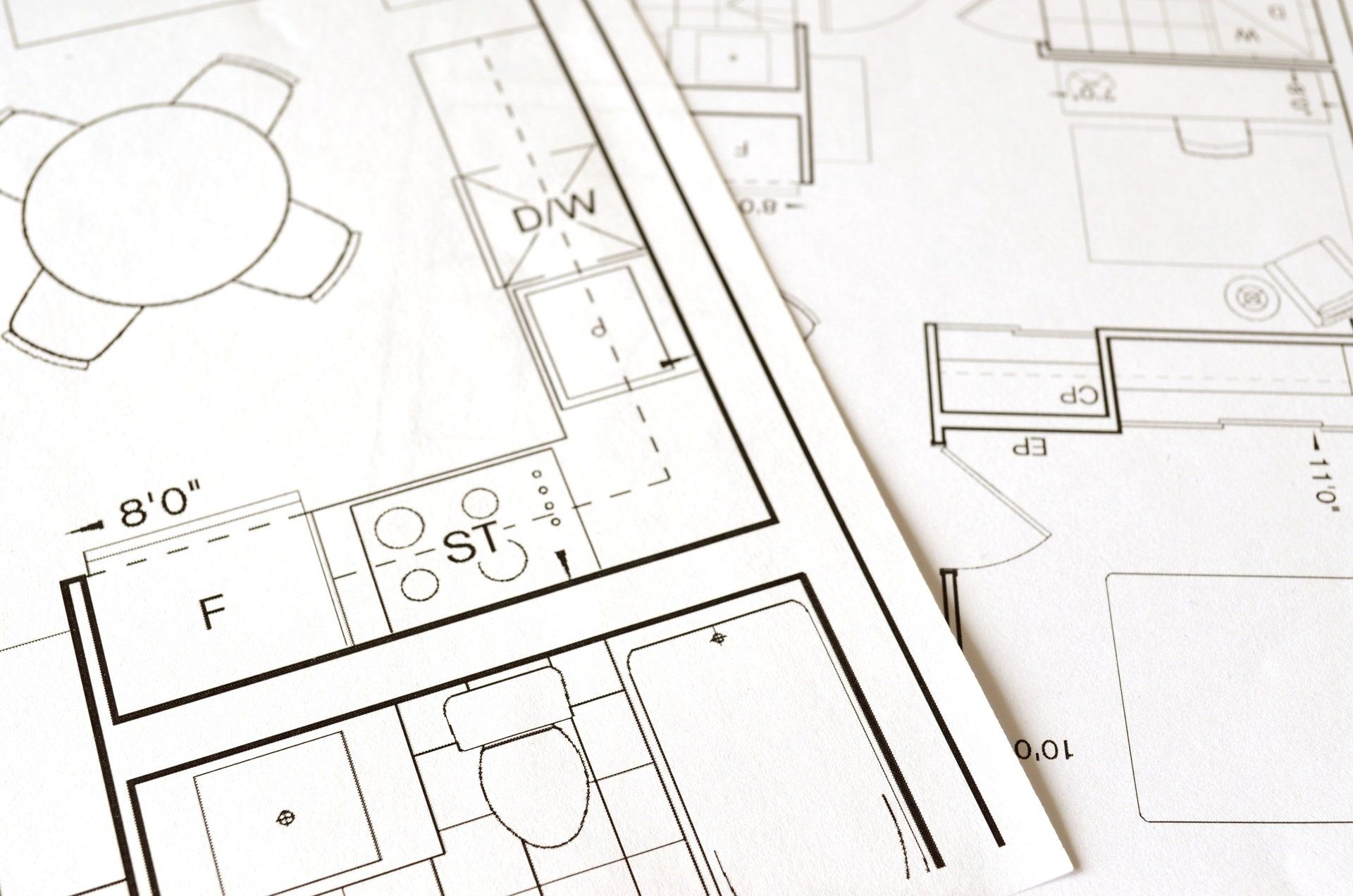Concrete vs. Stone. Which is the Best Choice to Use for Your Home?
Concrete vs. Stone. Which is the Best Choice to Use for Your Home?
Prior to recent advances in the field of concrete for commercial and residential use, its most common use was to construct concrete driveways, foundations, and sidewalks. Typically, whichever has a smoother surface was the main consideration. Concrete was rarely considered an aesthetic element; however, it was only a practical component of a home. Home designs were generally stones.
In recent years, the flexibility and possibilities of concrete have become the main focus, particularly with stains, stamping, polishing, and etching. Concrete, unlike stones, can be made in many forms, both horizontal and vertical, yet still retains the security of a smooth surface when necessary. Concrete can now be made into a wood-look plank that is molded to look like stone, stained with various colors to match your preferences regardless of whether it is the inside or outside and even acid-etched polished to look like the appearance of marble floors. The possibilities are only limited to our imagination.
What is the limit of stone?
We can't deny that there is beauty and awe in the stone used for outdoor surfaces. However, the majority of that appeal and beauty lies in the stone's randomness. The same irregularity can turn into an issue in time, resulting in accidents and slips. In contrast to cement, which can be textured to stop slips, stones are more slippery after being wet.
Stones can be difficult to put in, especially when you consider the way that irregular shapes make it into a gigantic jigsaw. This is one of the reasons why cost overruns may occur when putting the stone in its place and is more difficult than you expected. The designs for concrete stone, on the other hand, are made as interlocking parts which can be put together on site.
One issue is the near inability to match the in-place stone with the existing stone in the building or match older walkways. Another issue is the disadvantage of stone that is used as a retaining wall. It is important to keep it shorter because gaps between stones could cause problems in drainage. Concrete's ability to lock is superior to walls for retaining.
Are stones more costly than concrete?
When you begin this process, you'll notice that stone is usually more costly than concrete. Being a natural material that must be quarried, stone is more expensive due to the fact that it costs more to transport stone from the quarry into your property. Concrete is more easily accessible, and although both require skilled teams of professionals to put in, concrete's less expensive structure makes the final result far more affordable.
Concrete: Is it easy to maintain?
The maintenance of concrete walkways and any other concrete installation is not a problem. Concrete needs only to be sealed every couple of years to preserve the texture and color. In contrast to stone, there are no gaps between concrete slabs, so there are no grasses that grow in the walkway or any requirement for weed control to maintain the look and texture.
Where can concrete be used?
Concrete's versatility makes it suitable for practically every house area, both outdoors and indoors. If it's used for internal or external use in the home, maintenance is simple, and its applications are diverse. More importantly, concrete can be utilized in every phase of the life of your home, beginning with a brand new house to updating the existing home.


